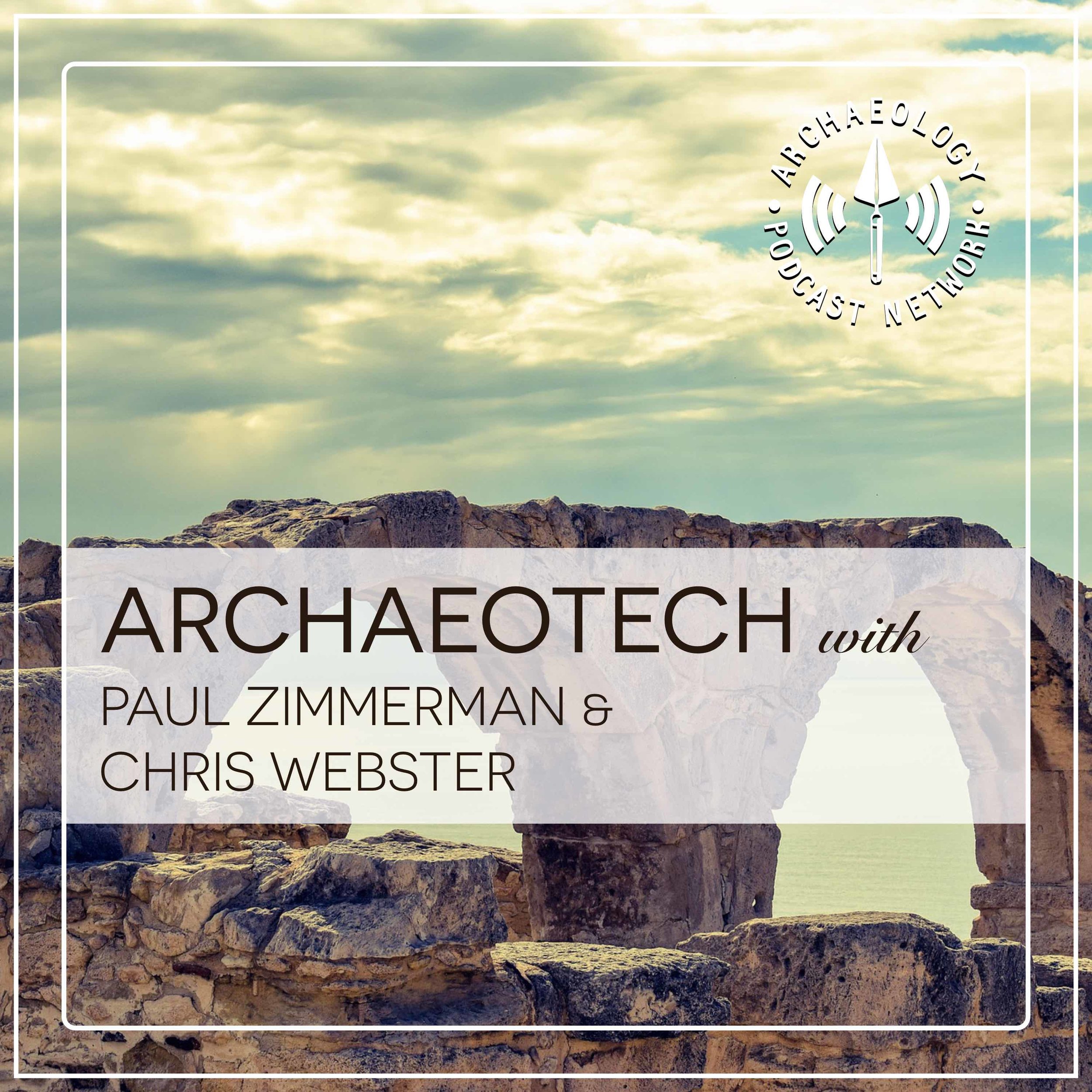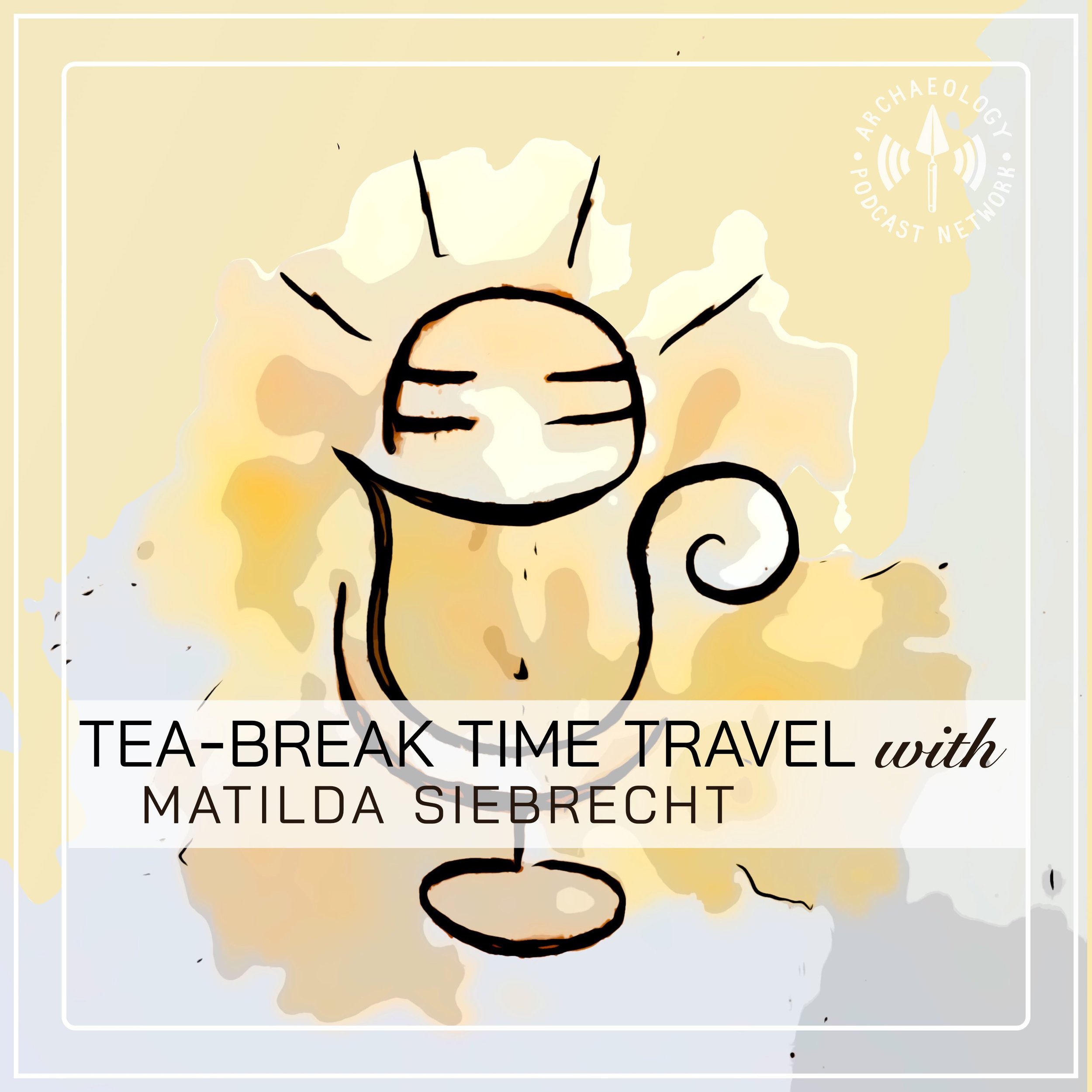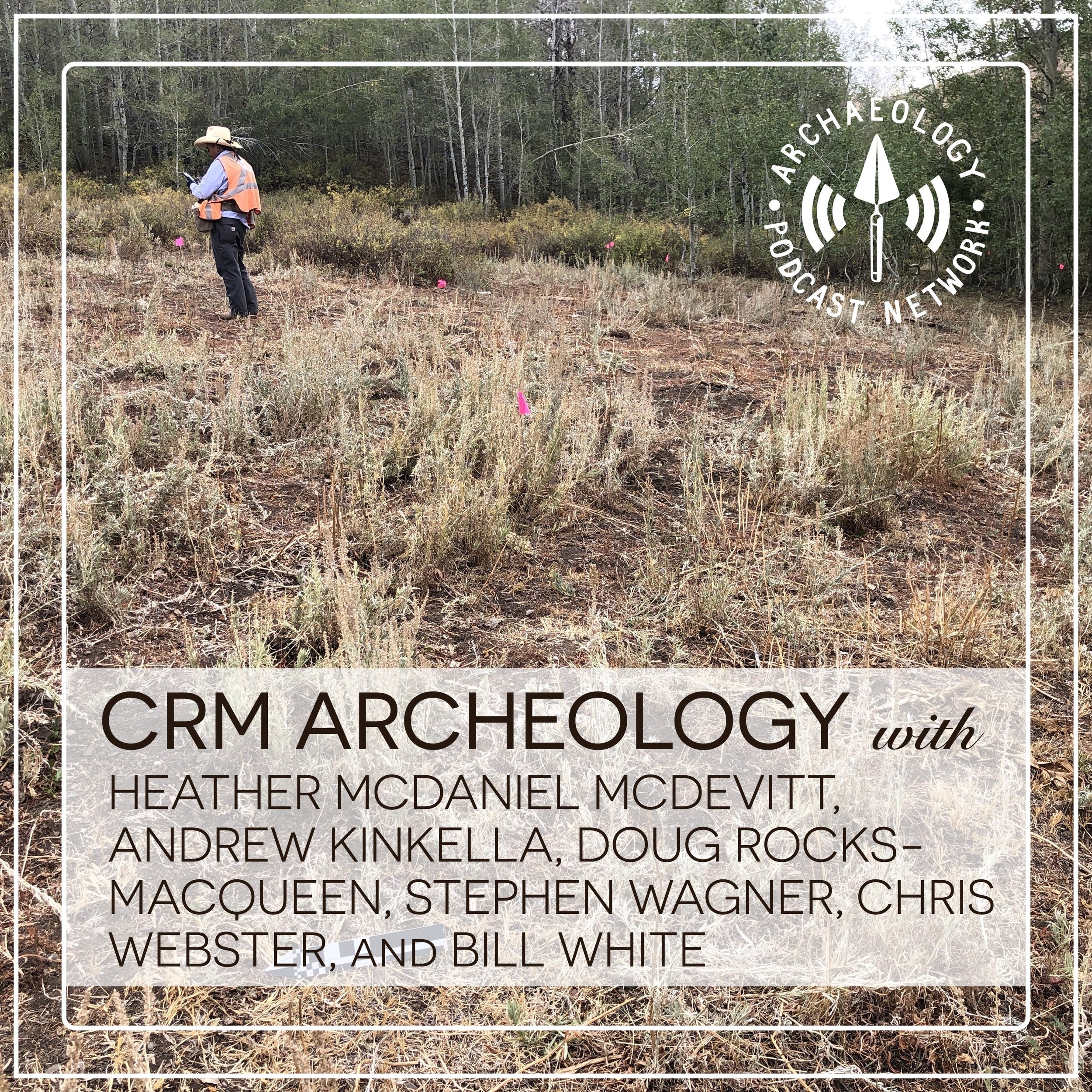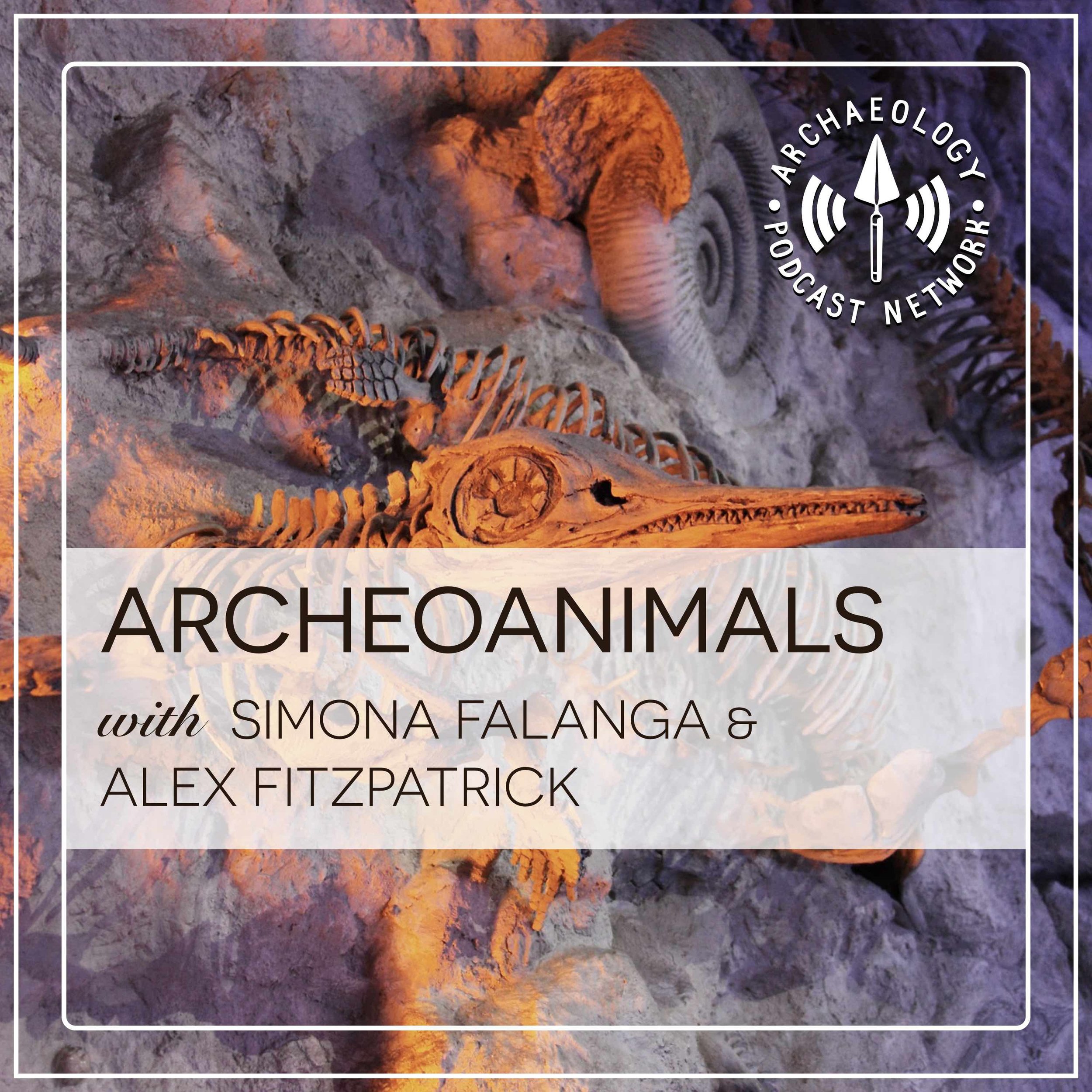In this episode, Carlton goes rogue and does an episode by himself. No co-hosts, no guest, just Carlton letting out his thoughts. For episode 143, Carlton delves into People of the Americas, Clovis vs Pre-Clovis, and Pleistocene Megafauna extinctions. What starts off as a lecture in the first two segments definitely turns into a rant by the time he gets to talking about the “overkill” hypothesis. If you enjoy this type of podcast format, please be sure to email us and let us know; Carlton said he’d be happy to do episodes like this more often.
If you have left a podcast review on iTunes or Spotify, please email us at alifeinruinspodcast@gmail.com so we can get shipping information to send you a sticker.
If you are listening to this episode on the "Archaeology Podcast Network All Shows Feed," please consider subscribing to the "A Life in Ruins Podcast" channel to support our show. Listening to and downloading our episodes on the A Life in Ruins channel helps our podcast grow. So please, subscribe to the A Life in Ruins Podcast, hosted by the Archaeology Podcast Network, on whichever platform you use to listen to us on the "All Shows Feed." Please support our show by following our channel.
Transcripts
Guest Contact
Contact
ArchPodNet
Affiliates








